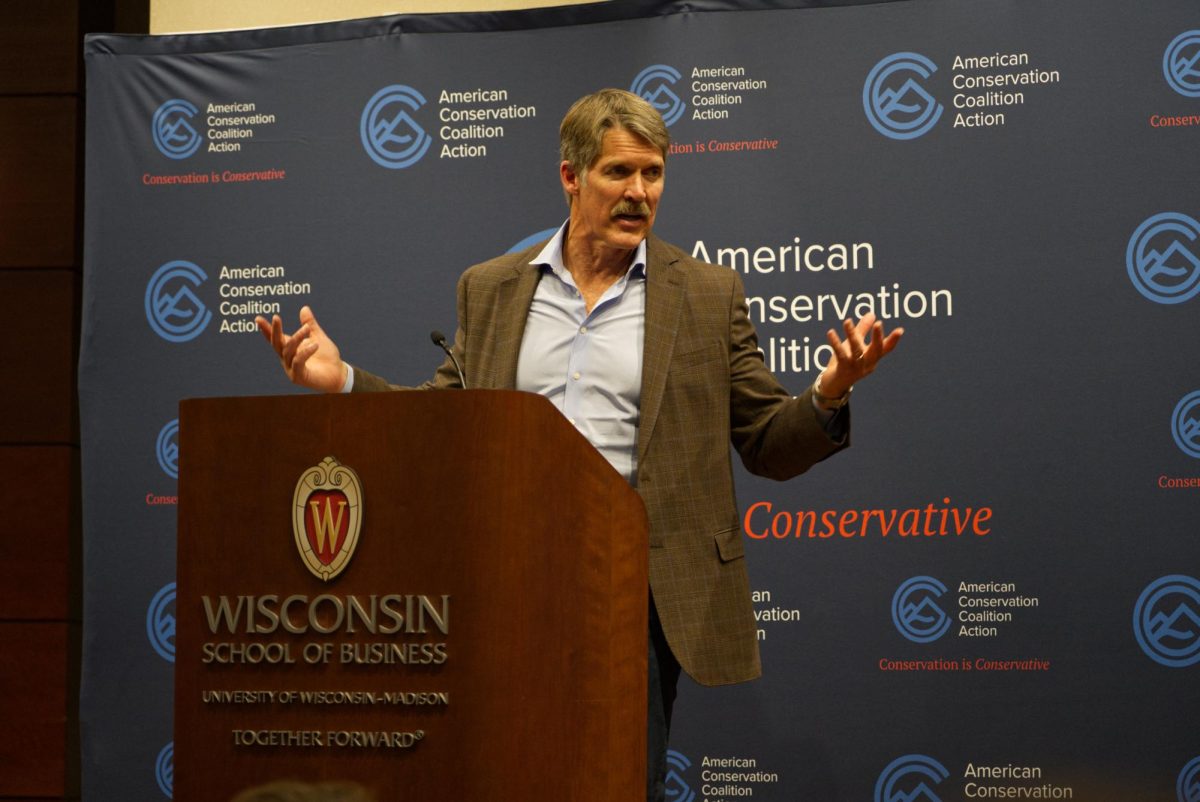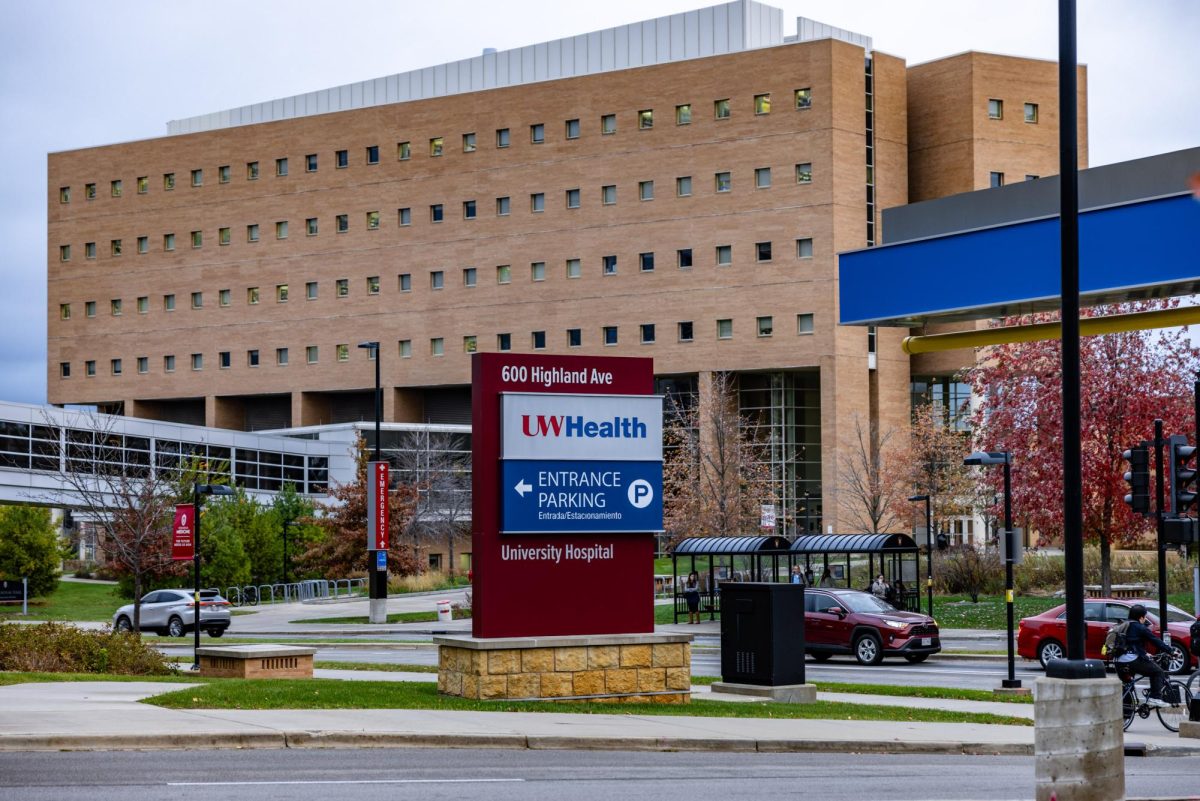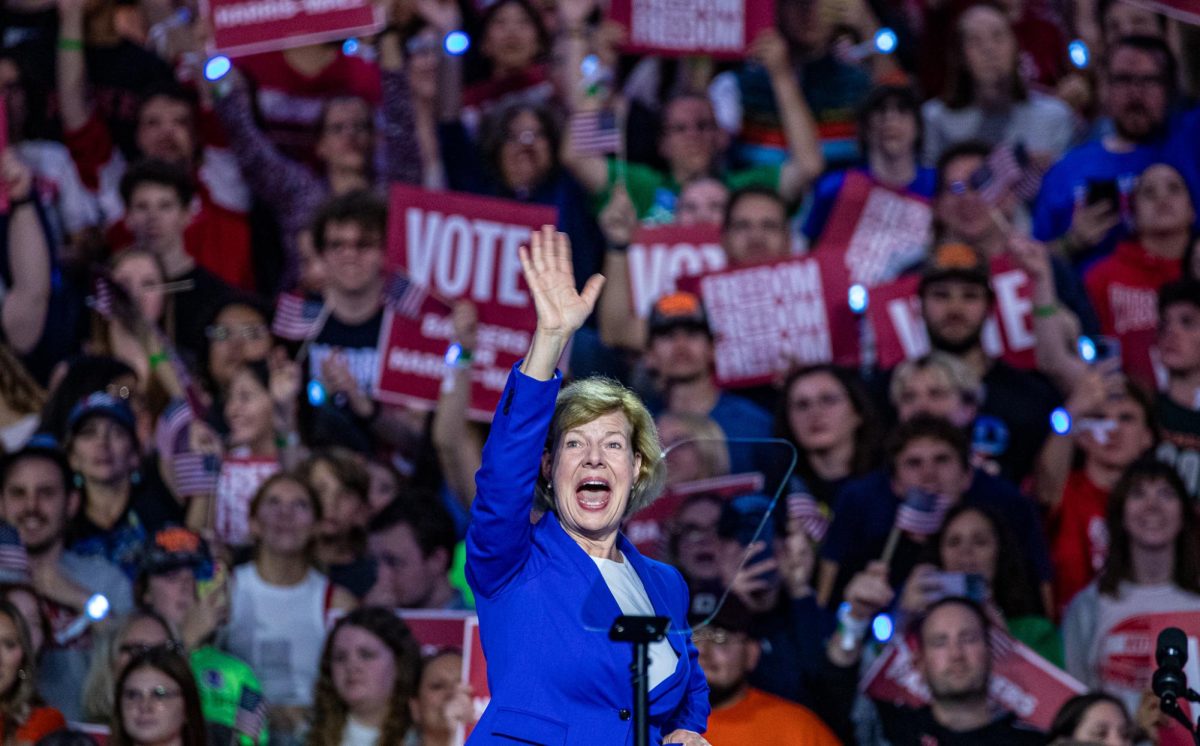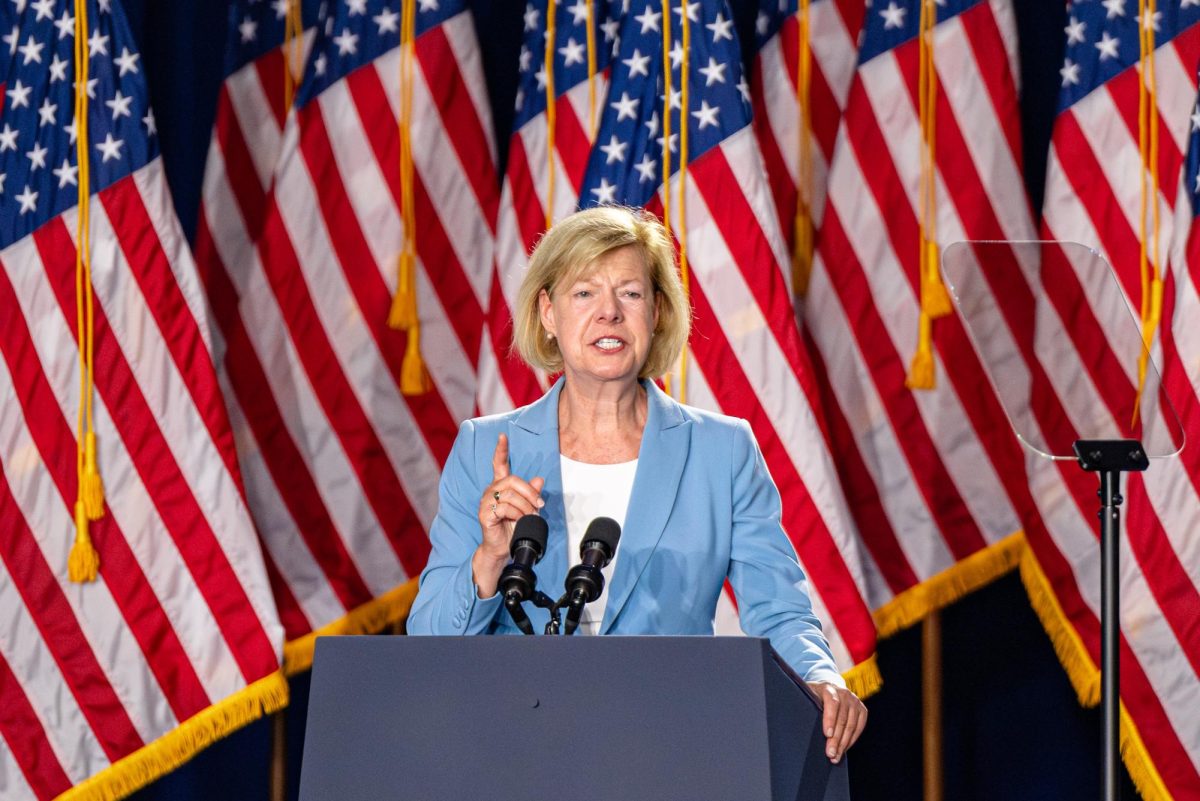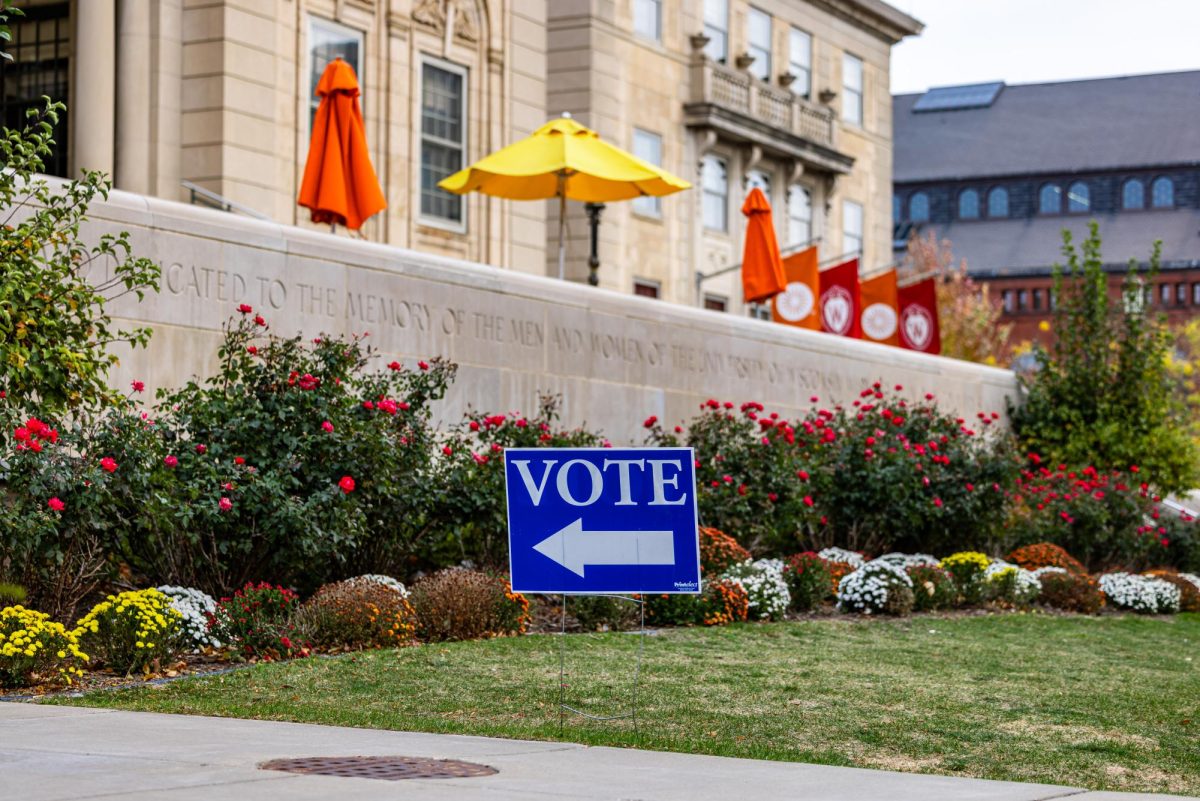As the November election approaches and Wisconsin residents are inundated with new campaign promises and attacks from each of the gubernatorial candidates, it can seem impossible to separate the real issues from the rhetoric.
Both Democratic nominee and Milwaukee Mayor Tom Barrett and Republican nominee and Milwaukee County Executive Scott Walker’s proposed job creation plans have basic similarities, although digging deeper reveals many differences in how each would handle the state’s employment crisis if elected governor.
Taxes
Both Walker and Barrett have detailed certain steps they would take to create jobs in Wisconsin. Number one on their lists is tax cuts, aimed at stimulating economic growth.
One of Walker’s main campaign promises has been his plan to create 250,000 jobs and 10,000 new businesses by 2015 if elected. According to his jobs proposal, tax cuts would be a big part of this plan, particularly for early stage and investment capital aimed at keeping companies in-state and attracting start-up businesses.
In his plan, Walker also said he would do away with corporate taxes for the first two years of a business’s operation. As part of the emergency jobs plan, Walker said he would implement immediately after taking office, he would work to pass a tax cut for small businesses that employ 50 or less workers, as well as a tax cut up to 20 percent for small businesses providing the most jobs in Wisconsin.
Barrett’s proposal also focuses on decreasing taxes, however he details five specific sectors the cuts would affect. These include construction projects aimed at strengthening the state’s economic infrastructure, research, venture capital for entrepreneurs, green technology and dairy production.
Barrett’s plan proposes a 20 percent tax credit for workers on construction projects targeting areas of the state in need of economic development, as well as tax incentives for investors in affordable housing projects and non-profit developers.
Regulation
If elected governor, Barrett describes specific measures he would take to streamline state programs. He says he would order a performance review of every state economic development program to determine which are working and which should be cut. He would also create “one-stop shops” to accelerate the permitting process for start-up businesses.
As part of this streamlining process, Barrett proposes reorganizing several state agencies to create a new Governor’s Office of Economic Development and Office of Job Creation, managed by a jobs director that would report to the governor.
Walker’s proposal would also expedite the permitting process for companies. He would require state agencies to review applications for permits within 60 days, and if no decision has been given within 180 days, the permit would be assumed approved.
Walker’s plan also encourages eliminating unnecessary lawsuits that increase health care costs. As part of his emergency jobs plan, Walker would push for tort reform to eliminate what he terms as “frivolous lawsuits” against businesses and medical professionals.
Education
Educational reform is a cornerstone of both Walker and Barrett’s job creation plans. Walker’s proposal pushes for more course offerings at universities and colleges that align with anticipated needs in the job market, as well as ways to more easily transfer credits between schools.
He also details plans for increasing the use of technology in education, including online education. Walker’s proposal states that he would would work on reforming the educational system to reward successful teachers and eliminate unsuccessful teachers.
Barrett’s job plan addresses educational reform in several different facets. It states he would offer back-to-school grants to people who never completed college in needed fields, as well as create “centers of excellence” at state universities to strengthen scientific and technological research.
Barrett’s proposal also focuses on increasing entrepreneurship at universities, including the creation of “Entrepreneurship 101” training programs and other entrepreneurship education at the college, high school and middle school levels. His plan details a “Wisconsin Back to School” campaign to increase enrollment of individuals at the state’s two and four-year colleges who have only completed a partial degree.
Infrastructure and Energy
Both Walker and Barrett’s plans support investments in green technology, however they propose to do it in different ways.
Walker’s proposal suggests lifting the state moratorium on nuclear energy, a law stating Wisconsin cannot build anymore nuclear power plants until the federal government creates a facility to store the nuclear waste.
Barrett’s plan focuses more on providing incentives to encourage energy efficiency standards, as well as state-funded weatherization programs for homes and buildings and support of biofuel research.
Throughout his campaign, Walker has stood adamantly in opposition to the federally-funded high speed rail project, and under his plan, the state would use transportation money to fund roads and bridges and other “common sense” projects.
Barrett, on the other hand, supports the rail construction, as well as preserving “essential infrastructure spending.”
Innovation is key
As the election heats up, both campaigns have gone on the attack, each think their plan is the right way to combat the recession and increase state employment.
Allen Dines, University of Wisconsin assistant director in the Office of Corporate Relations, said the ultimate factor in job creation is investing in innovation.
“[Big name companies] all were just figments of someone’s imagination at some point in time,” Dines said.”[Politicians] almost talk as if job creation is some abstract thing that government can somehow fix, but in fact job creation happens when someone says ‘I have this thing I want to do…and I need help’ and then they hire a couple people.”









